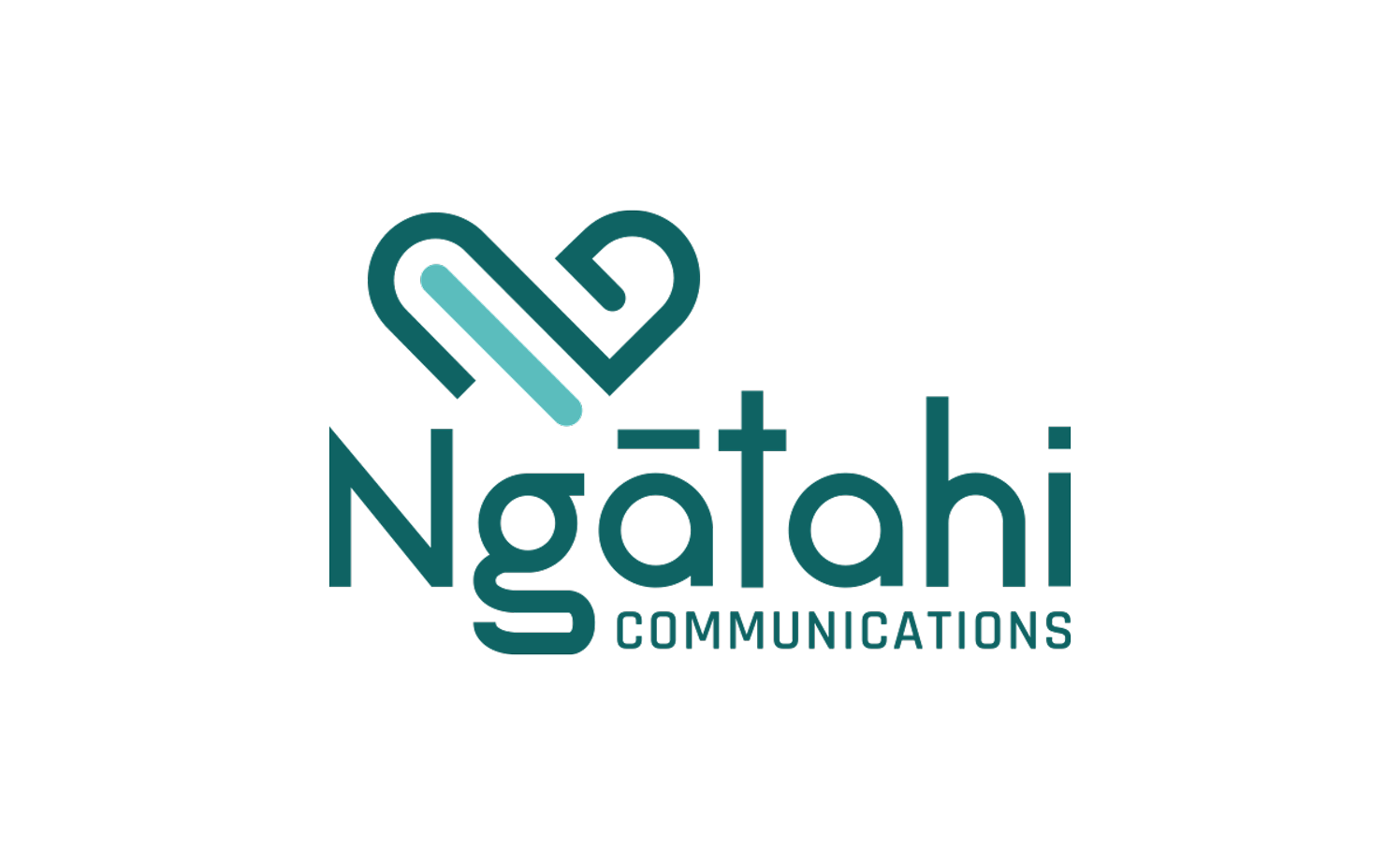Why authenticity should drive your engagement strategy
/In a world where disinformation, greenwashing and woke-washing abound, people are increasingly distrustful of organisations and their messages. Amongst all this noise, it can be a tough gig to get seen and heard – especially if you’re big on impact but small on budget. However, we believe there is one piece of communications and engagement gold that every purpose-driven brand can use to connect with their diverse communities: authenticity!
When we talk about authenticity, we mean being real, vulnerable and ‘human’ as organisations. Authentic brands are ones that share the full picture, that highlight the voices and stories of their people and communities, and that are brave enough to front-foot where they could be doing better.
Why is authenticity vital to effective engagement? Because it builds trust, makes people feel they are valued and respected, and shows you are making genuine strides forward towards your vision and purpose as a business.
So how can you ensure your organisation is engaging with authenticity at the centre?
Align with your purpose, vision and values every time
Before making a communications or engagement decision (or any decision for that matter), documenting a strategic goal, or creating a campaign, check:
Does this action clearly contribute to our purpose and vision as an organisation?
Can we clearly explain to internal and external audiences how this action brings us closer to our vision and achieves our purpose?
If the answer to these questions is ‘no’, why are you doing it? Should you be doing it? Probably not – the exception being crisis communications of course.
Is this action underpinned by our values as an organisation?
Would our people and communities see it as a values fit?
Or does something feel a bit off? If it feels off to you, it will feel off to your stakeholders – big time!
Plan with your people and communities
When planning communications and engagement campaigns, connect with your people and communities first, ideally kanohi ki te kanohi (Zoom counts in this crazy world). They know more than you ever could about how you should engage with them, what messages will work best, and how to make inroads with those hard to reach people and whānau.
Then let your team and stakeholders take the lead! Empower your people to use their ideas and voices to create change, alongside your usual campaign staples such as website messaging, media pitches, email and social media.
Tell genuine stories
People want to hear real stories from real people, and those stories include both the good stuff and the challenging bits. Stories don’t need to be glossy and well-produced every time. They can be simple, straight-from-the-heart iPhone videos; first-person written accounts of how your organisation has worked with whānau; impact stories that show where you’re doing well, plus the statistics and goals you’re still working to meet; or even a Live video that captures an event as it happens.
The vital part of authentic storytelling is to represent an accurate picture of the person or family’s story, or the kaupapa you are promoting. Stories should feel, look and sound genuine and down-to-earth, not like an advertisement or marketing case study – those are a different territory altogether.
Share the shit bits
If you fail to meet a goal, if your stats have trended downwards, if you make a mistake – own it and own it quickly! The shit bits are opportunities to not only improve as an organisation, but also to show your stakeholders that you’re not perfect (and no-one is) and how you are working to do better. When you share the challenges with your people, you show that you trust them, you value them and you care about bringing them on the journey from ‘okay’ to ‘great’!
Ways you can do this include:
Sharing strategic goals and impact goals on your website, then updating this page with how you are tracking, plus real stories that show your work.
Putting areas for improvement into your annual impact report, and adding stretch goals where you are already meeting targets.
Starting a kōrero about your mistakes rather than hoping no-one finds out, for example: ‘our customers have told us we could do better when it comes to using the correct pronouns for people. Here is how we’re learning more about this and these are the steps we plan to take next.’
Do what you said and then say more about it
Last, but not least: authentic organisations walk the kōrero, and then keep on walking it and talking it.
If you say you have an action plan to address an issue, action it and keep communicating about how this work is going.
If you say you’re working to improve your environmental footprint, share specific goals, measure against them, communicate and repeat.
If you say you take a partnership approach to working with Māori, learn about Te Tiriti, engage with your local mana whenua and work to build ongoing reciprocal relationships with those who share your vision – don’t just ask for help or advice when you think you need it.
In summary, keep the kōrero open and transparent with all the people that matter to your organisation and keep learning from your stakeholders. By communicating and engaging with authenticity at the centre, you will build a reputation for doing what you say you’ll do, genuinely caring, owning your mistakes, and you’ll prove that you’ll always be there for your team, clients and community.
Need a hand to set the right tone with your communications and engagement activity? Reach out for a kōrero to review your current approach. We offer a free 15-minute initial chat and one-hour quick-fire strategy sessions, with special pricing for not-for-profits.




